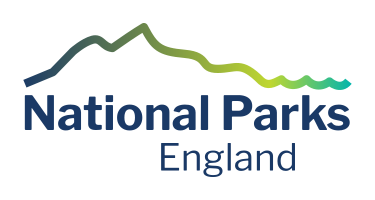Wildlife and nature recovery
National Parks sit at the heart of the nation’s nature recovery network. They are places where wildlife flourishes, habitats are maintained, restored, and expanded, and where everyone can experience nature and wildlife at their best.
Our work over the next 10 years will deliver 20% of the government’s nature recovery target on 10% of the land - 330,000 tonnes of CO2 per year.
English National Parks have the potential to deliver and maintain:
-
36,890 hectares
new native woodland
-
170 km
of freshwater system improvements
-
55,390 hectares
of grassland and heathland restoration
-
53,650 hectares
of peat restoration
This will benefit hundreds of red-listed species, achieve 20% of the national Nature Recovery Target, and save/sequester over 330,000 tonnes of carbon dioxide a year.
Our nature recovery programme:
Identifies zones to deliver concentrated habitat enhancement and improved functionality.
Prioritises species to be safeguarded and re-introduced
Increases tree cover and restores peatlands, grasslands, heathlands and other habitats, with the principle of right habitat, right place, right reason.
Provides nature based solutions to climate change resilience.
Restores soil structure and health to improve function (carbon storage and water management).
Implements long-term invasive non-native species control programmes.
Establishes buffer zones and green and blue infrastructure corridors linking National Landscapes, National and Community Forests, and urban areas to create a genuine national network where everyone can access and experience nature and wildlife at their best.
We are more than the sum of our parts
Working at a landscape scale is a strength of National Park Authorities.
We don’t own much of the land, only around 10%, so we regularly work with farmers, landowners, the community and many other bodies across the entirety of National Parks.
With a breadth of collective expertise - ecologists, planners, environmental scientists and rangers - we know our landscapes in depth, and we know the impacts that climate change and biodiversity loss are having on them. This gives our local partnerships many of the answers to nature recovery.


